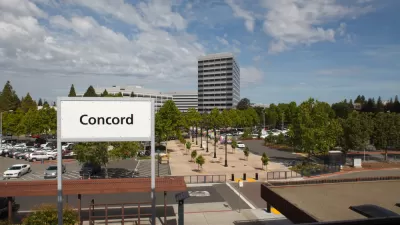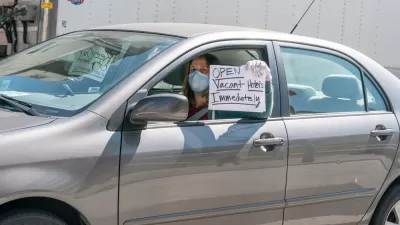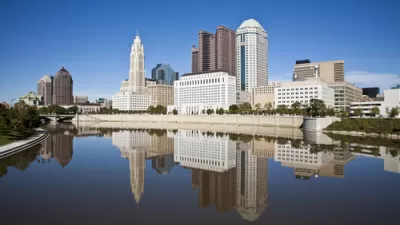With the convention industry still hobbled by the effects of the recession, and a glut of convention space across America hungering for events, cities are going to extreme lengths to attract the expected injections to their local economies.
With convention-center exhibit-hall space having expanded by 35% nationally over the past decade, and attendance having declined over the same period, the competition to fill America's vast convention centers has gotten intense, report Jennifer Levitz and Cameron McWhirter, who document how some cities are working to beat the competition.
"City convention bureaus are undercutting each other with offers of
freebies and incentives, such as free banners, breaks on rent and
donations to a trade organization's charity....Some convention centers have added casinos or theaters. In Nevada,
the Reno-Sparks Convention and & Visitors Authority is aiming to
lure bowling conventions with its sprawling bowling alley only open to
convention-goers. 'We have the Taj Mahal of bowling,' said Christopher
Baum, the authority's president."
Heywood Sanders, a professor of public administration at the University of Texas at San Antonio, "predicts the glut of
convention space will only get worse, because a number of cities
continue to push expansions," say Levitz and McWhirter. "He blames cities' hired consultants, who he
said predict 'all these people are going to come and do wonderful
things to your economy.'"
"But the problem is they aren't coming anymore, because there are
lots of other convention centers ... that desperately want that
business," he said. "So Atlanta steals from Boston, Orlando steals from
Chicago and Las Vegas steals from everywhere."
FULL STORY: Cities Clash in Battle to Land Conventions

Alabama: Trump Terminates Settlements for Black Communities Harmed By Raw Sewage
Trump deemed the landmark civil rights agreement “illegal DEI and environmental justice policy.”

Planetizen Federal Action Tracker
A weekly monitor of how Trump’s orders and actions are impacting planners and planning in America.

The 120 Year Old Tiny Home Villages That Sheltered San Francisco’s Earthquake Refugees
More than a century ago, San Francisco mobilized to house thousands of residents displaced by the 1906 earthquake. Could their strategy offer a model for the present?

In Both Crashes and Crime, Public Transportation is Far Safer than Driving
Contrary to popular assumptions, public transportation has far lower crash and crime rates than automobile travel. For safer communities, improve and encourage transit travel.

Report: Zoning Reforms Should Complement Nashville’s Ambitious Transit Plan
Without reform, restrictive zoning codes will limit the impact of the city’s planned transit expansion and could exclude some of the residents who depend on transit the most.

Judge Orders Release of Frozen IRA, IIJA Funding
The decision is a victory for environmental groups who charged that freezing funds for critical infrastructure and disaster response programs caused “real and irreparable harm” to communities.
Urban Design for Planners 1: Software Tools
This six-course series explores essential urban design concepts using open source software and equips planners with the tools they need to participate fully in the urban design process.
Planning for Universal Design
Learn the tools for implementing Universal Design in planning regulations.
Clanton & Associates, Inc.
Jessamine County Fiscal Court
Institute for Housing and Urban Development Studies (IHS)
City of Grandview
Harvard GSD Executive Education
Toledo-Lucas County Plan Commissions
Salt Lake City
NYU Wagner Graduate School of Public Service





























